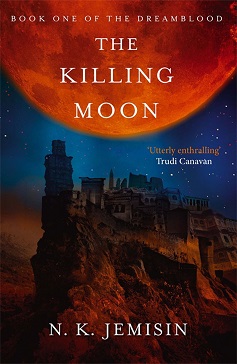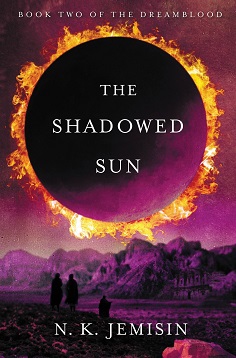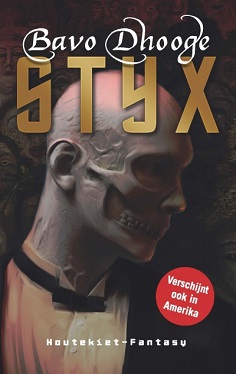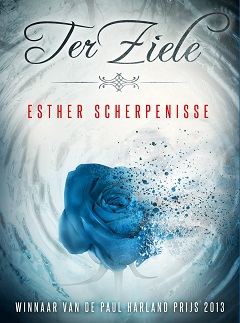
Ethan of Athos
Lois McMaster Bujold
237 pages
published in 1986
Ethan of Athos is the third published book in Bujold’s Vorkosigan series and the third published in 1986. Whereas Shards of Honor told the story of how Miles Vorkosigan’s parents met and The Warrior’s Apprentice showed his first adventure, this is a spinoff not featuring any of the main characters in the series. In fact, at first it barely seems to take place in the same universe.
It all starts on the all male planet of Athos (named after the all-male Greek monastry on mount Athos, natch) where Ethan’s greatest worry is how to take his relationship a stage further and get his boyfriend to be more responsible. His dayjob is as a obstetrician. On a planet full of men natural child birth is of course impossible so uterine replicators using female gene cultures taken along by the original colonists are used instead. Recently these cultures have started to deteriorate however, showing their age and new cultures have been ordered from Jackson’s Whole. Unfortunately, once they show up, these turn out to be unusable thrash. Despite their desire to remain cut off from the rest of the Galaxy, the people of Athos have no choice but to send somebody out into the darkness, somebody pure who can handle the temptations of women, somebody like, well, Ethan.
Ethan is very much an innocent abroad, who course immediately stumbles into a conspiracy surrounding the lost cultures, as he’s kidnapped by Cetegandian agents, the dominant military power, who think he’s some sort of intelligence agent. They’re looking for a Terrance Cee, who turns out to be one of their escaped genetic experiments, a limited telepath who had used the shipment of tissue cultures to Athos to smuggle out the genes of his murdered female counterpart.
He’s in over his head, but luckily he stumbled into Elli Quinn, of the Dendarii Free Mercenary Fleet, taking a recuperative holiday after the events of The Warrior’s Apprentice. She’s actually in the employ of the Jackson’s Whole House responsible for the shipment of gene tissues to Athos, to keep an eye on the Cetegandians and find out what their interest in it is. Ethan, Terrance and Elli have to reluctantly team up to defeat their enemies, despite Ethan’s severe misgivings about women as the source of all evil.
As per usual with Bujold the plot and story is compelling enough that it’s hard to miss the serious world building underneath. Ethan’s consciousness raising with regards to the true nature of women is obvious enough, but the society of Athos itself deserves more attention. The planet without men is a hoary old sf cliche, but planets without women are rare if non-existent. Athos was founded as a refuge for what its founders thought were a persecuted minority, ridiculous as that sounds. It still has that siege mentality in its dealings with the wider galaxy and frex the access to galactic literature, but the society itself is refreshingly normal. Athos is a planet full of homosexual men, where heterosexuality is not just rare, but impossible. This is a single gender planet that’s not a monstrosity or missing something.
It also shows how early in her writing Bujold has been writing about what you might call traditional female concerns, dressed up in mil-sf adventure romps. The whole story is arguably driven by Ethan (and by extension, Athos) need to start a family. He starts in a traditionally female, nurturing role and doesn’t transform into an action hero but returns happily to his chosen career. Bujold presents all this matter of factly; she has that knack of slipping these sort of outrageous ideas if you think about them for a moment quietly past the reader.
It’s fun to see how different and yet recognisable by the same writer each of the three novels Bujold got published in 1986 were and how ambitious in retrospect she already was. Ethan of Athos, though usually seen as a minor novel in the Vorkosigan series, really is as ambitious and interesting as any of them.



